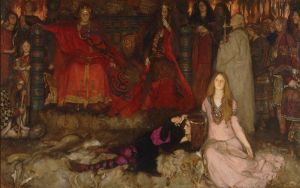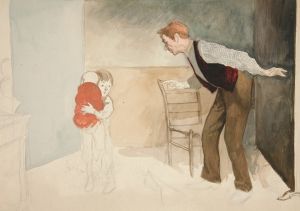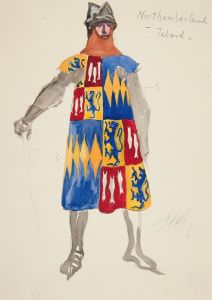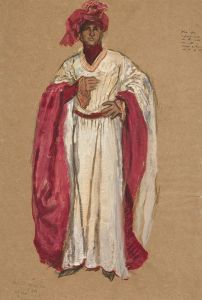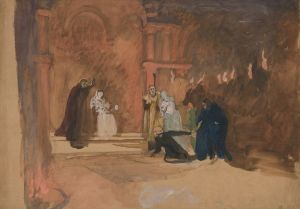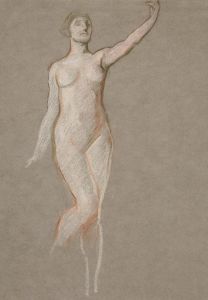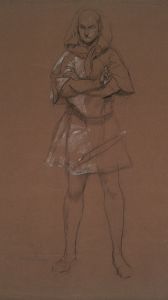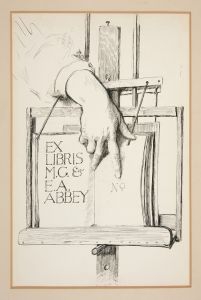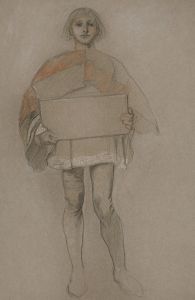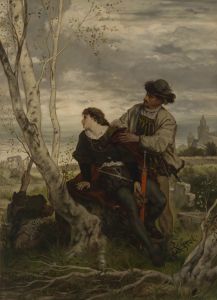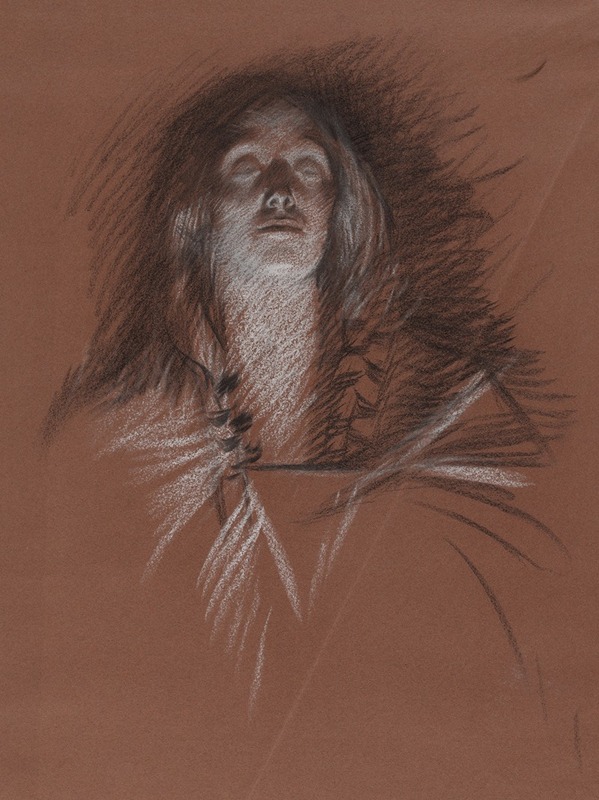
Study for head of a Celtic woman, from The Play Scene, Hamlet, act 3, scene 2
A hand-painted replica of Edwin Austin Abbey’s masterpiece Study for head of a Celtic woman, from The Play Scene, Hamlet, act 3, scene 2, meticulously crafted by professional artists to capture the true essence of the original. Each piece is created with museum-quality canvas and rare mineral pigments, carefully painted by experienced artists with delicate brushstrokes and rich, layered colors to perfectly recreate the texture of the original artwork. Unlike machine-printed reproductions, this hand-painted version brings the painting to life, infused with the artist’s emotions and skill in every stroke. Whether for personal collection or home decoration, it instantly elevates the artistic atmosphere of any space.
"Study for Head of a Celtic Woman, from The Play Scene, Hamlet, Act 3, Scene 2" is a preparatory study by the American artist Edwin Austin Abbey. Abbey, known for his detailed and historically inspired works, created this study as part of his extensive illustrations and paintings based on literary and theatrical themes. This particular piece is associated with his work on William Shakespeare's play Hamlet, specifically Act 3, Scene 2, often referred to as "The Play Scene."
Edwin Austin Abbey (1852–1911) was a prominent illustrator and painter during the late 19th and early 20th centuries. He gained recognition for his illustrations of literary classics, including the works of Shakespeare, Robert Herrick, and Alfred, Lord Tennyson. Abbey's artistic style was characterized by meticulous attention to historical detail and a strong narrative quality, which made his works particularly suited for literary subjects.
The study depicts the head of a Celtic woman, which suggests Abbey's interest in historical accuracy and cultural context. While the connection to "The Play Scene" in Hamlet is clear from the title, the exact role of this figure within the scene or Abbey's broader composition is not specified. The study likely served as a preparatory work for a larger painting or illustration, a common practice for Abbey, who often created numerous sketches and studies before completing his final pieces.
Abbey spent much of his career in England, where he immersed himself in the study of historical costumes, architecture, and artifacts. This dedication to authenticity is evident in his works, including this study. His contributions to the visual interpretation of Shakespeare's plays have been widely appreciated for their ability to bring the text to life through vivid and historically informed imagery.
The medium and dimensions of this specific study are not widely documented, but it is consistent with Abbey's practice of using pencil, ink, or oil for his preparatory works. The study reflects Abbey's skill in capturing the human form and expression, which were central to his narrative-driven art.
"Study for Head of a Celtic Woman" is a testament to Abbey's commitment to blending art and literature, as well as his influence on the visual representation of Shakespearean drama. The work is part of Abbey's broader legacy as an artist who bridged the worlds of illustration and fine art.







